Betty Williams 1918 – 2011
Santa Barbara Land Trust Cofounder
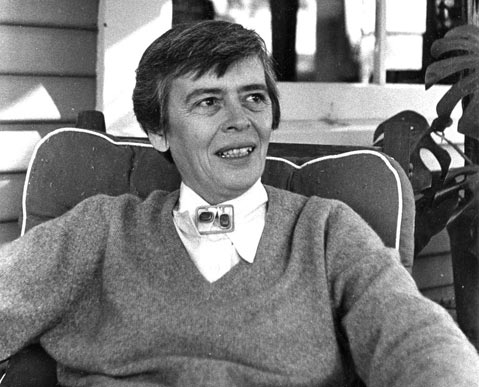
I first became aware of Betty Williams back in the late 1960s, when she moved to the Santa Ynez Valley. Someone brought soil samples to the Santa Ynez Research Farm Lab from her newly acquired Buttonwood Farm to determine which minerals were available and which needed to be supplemented to provide top-notch nutrition for her equine program.
Our paths crossed again a short while later, as Santa Ynez Valley struggled to update its general plan and zoning. After jillions of hours of contentious public hearings before the General Plan Advisory Committee, Betty grew tired of the anger, stress, rudeness, threats, and all the rest that seem to accompany changes in land-use plans.
Betty had researched the use of conservation easements elsewhere and concluded that they were a much more desirable way to protect our rural areas than regulations that changed at the whim of the County Board of Supervisors. Soon she put together a group of thoughtful people (she was always a master at that) and formed the Santa Ynez Land Trust, which eventually became the Land Trust for Santa Barbara County.
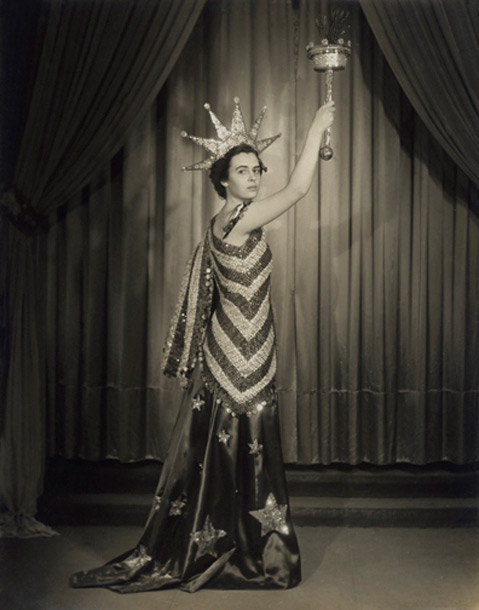
In fact, our family has recently been granted an Agricultural Conservation Easement for our ranches, which will limit their use to agriculture, in perpetuity. For this accomplishment, a huge amount of credit goes to Betty and her thoughtful, far-sighted approach to life. That she is not here to help us celebrate is one of our greatest regrets.
Back when our children were much younger, Betty invited us to visit New Orleans and Indigo Island in the bayou southwest of there. The wonderful time we had touring her native Louisiana and dining like kings on the best of the South, courtesy of the family cook, Walter Tinson, will always be among our fondest memories.
Once, long ago, when we were all involved in trying to elect good people to the Board of Supervisors, my wife, Sherry, and I and our friends the Bullocks purchased an auction item offered by Betty. It wasn’t the usual week in a condo at Mammoth; it was “Viewing of a foaling at Buttonwood.” We didn’t even begin to appreciate what a rare treat this would turn out to be — not only for our children, who were bundled into the car to head to Buttonwood Farm late one night when we finally got the call after a couple of false alarms, but also for the adults, who were treated to a long and enjoyable evening and early morning.
Betty included us in many great evenings of good wine, conversations, and food. Her diversity of interests and friends — thoughtful, worldly, artistic, humorous, and scientific types — never ceased to amaze us.
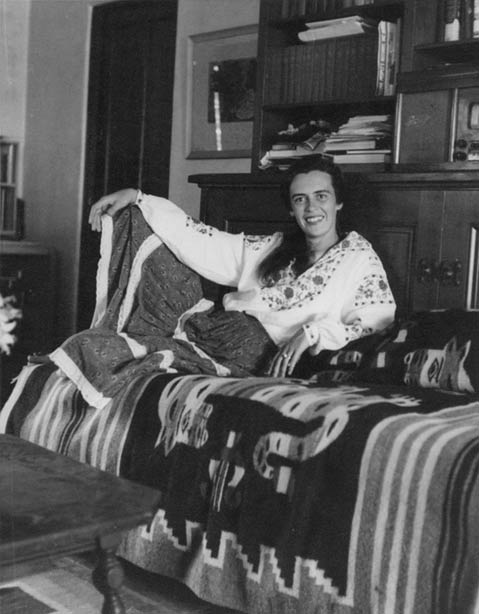
Buttonwood Farm went through numerous evolutions after Betty bought the property. She started with horses — training cutting horses and breeding racehorses — and transitioned to grape vineyards, with a winery and tasting room, at the same time that she was growing organic peaches and vegetables. In the 1970s, the Williams family recognized that some day the natural gas resources on their Louisiana property (originally acquired as cypress lumber wetlands in the late 19th century) would decline, and they decided to invest in alternative energy sources. So they funded research into wave and tide energy devices and other far-sighted projects. Although I never attended a Williams Inc. meeting, they would have been well-organized, productive, and no-nonsense, or I badly misjudged Betty’s skills. Whatever she got involved in would invariably meet those criteria. We can only imagine that if Betty had become a trial lawyer, her opponents would be in trouble, her cross-examinations grueling.
Betty’s accomplishments, attention to detail, appreciation for all things artistic, her work ethic, careful planning and research, and much more set a very high performance standard for the Hibbitses, as well as for her other friends and her own family. As the memories come streaming back, we are once again reminded not only of what a remarkable person she was, but what a powerful and excellent influence she has had on us all.
— Art Hibbits
– – –
I drove with my wife Sandra up to Solvang in May to see Betty. Some things have changed since I first made the trip to Buttonwood Farm in the late seventies. Malibu for example is no longer a village, and further up in Oxnard the farm workers are picking next to the mega malls. But when the 101 finally breaks free of Ventura, and suddenly you see that heart-stopping panorama of Pacific coastline framed by the mountains above Santa Barbara, the rush is still the same. We stopped off at Super Rica for chiles rellenos – and to pay tribute to Julia Child – and made our way up over the pass and down the steep descent into Santa Ynez.
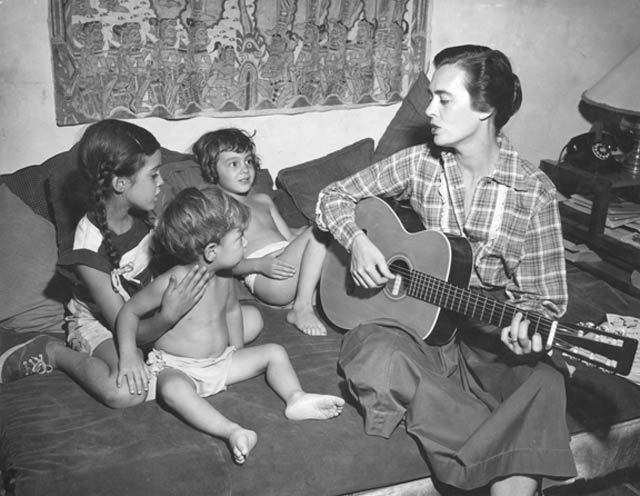
I knocked and we entered the front sitting room. Betty was sitting in her chair with her back to the door, expecting us. I walked around in front of her. A blanket covered her lap, and her dog was stretched out at her side. Books in varying stages of examination lay as always in piles on the wooden bench. One new addition – an oxygen machine and its thin breathing tube – was placed against the wall. Her wrists were smaller and more fragile than before and her blouse hung loosely at her shoulders. Yet the spark was still in those intelligent, deep-set eyes, and she remained more or less in command of her dwindling universe. She looked up and smiled. Never one for effusive welcomes, she seemed to be telling me not to belabor it all.
I was introduced to Betty by her niece Anne Marsak, who with her husband Len was living with their children in Santa Barbara in the late 1970s. Len was an avid reader of The Nation — the venerable American weekly known both for its liberal values and its failure to turn a profit at any time in its otherwise glorious history. I was the magazine’s publisher at the time, and at Len’s urging Anne arranged a meeting with her aunt Elizabeth, matriarch of the Williams family, a cypress lumber, oil, and gas clan from Louisiana.
What little I learned of Betty’s life before Solvang derived in part from photographs around the house and the stray anecdotes that accompanied them. It occurs to me looking back that we first met when she was right around the age that I am now — and that she had of course already led a full life. She didn’t speak much about New Orleans, but perhaps I didn’t take it in because I didn’t go there myself until after Katrina – in any event it was not a topic between us. Her children’s family name was Zorthian, a name that conjured the exotic and occult but not one that fit easily with my sense of the courtly and reserved ranch woman who was my friend for 30 years. There were hints of chapters in Pasadena. Betty would go down there from time to time, and every now and then a name would come up that triggered a Los Angeles memory.
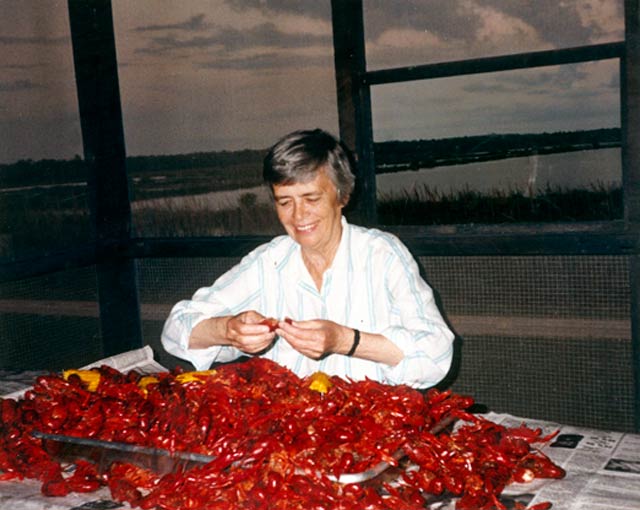
I came to know her daughters – Seyburn, a Santa Barbara County artist whose calligraphic illustrations have made the Buttonwood label recognizable all over the world; and Barry, a sharply intelligent and socially committed physician living in the Bay area; and though I don’t think I ever met him, she spoke often of her son Toby, who lived with Cree Indians in Canada.
Betty, like many Americans who live outside cosmopolitan areas, was devoted to public radio and television and stayed current. She was sensitive to injustice and readily understood that corporate-owned media was unreliable as a news source. She soon became an important ally and at varying times over the years she helped us strengthen the magazine. The robust Nation of today is the child of many parents, but the largest and oldest political weekly in the country owes a great debt to Betty Williams for her indispensable role during those rebuilding years.
One of the curiosities in American cultural life is that for many of the East Coast intellectual publications, California is where the readers are. We traveled regularly to the coast for panels, seminars, and the cultivation of our subscribers and donors, and I often brought our leading lights to Solvang to meet Betty. Victor Navasky was her friend, as was Jonathan Schell, and I brought Christopher Hitchens around in the days when he was associated with the magazine.
But the landscape of our friendship was really the interior world of Buttonwood, a beautiful stretch of Santa Ynez horse country starting on the flat land fronting Alamo Pintado Road and riding to the crest of an adjoining ridge. It seems looking back that the grasses on those hills were always a tawny color, no matter the season. The scrub and live oaks that dot the open fields, and stand in their own shadow at the height of the day, are for me among the most distinctive features of the California coast. There were a number of these trees on Betty’s land. I think that at first she was raising quarter horses, but one day when we were walking across those hills surveying her land she announced she was going to plant a vineyard. I recall thinking that it would take years to develop a vineyard before it started producing wine, and how remarkable it was for a 65-year-old woman to declare such faith in the future.
I had a friend in New York publishing who kept a collection of photographs depicting parts of himself in pictures that featured other people he had known. His arm and Norman Mailer walking down a Manhattan street, for example. I always thought it was an amusing premise for a memoir, and it was also in a sense how I thought of myself in relation to Betty. Over the years we would leave the ranch for lunch or supper at one or other of her favorite places in the area, and she would tell me about a battle she was having with this or that local politician or environmental group. I don’t think I ever really got the full story, or if I did, by the time of my next visit I’d have lost the thread or the issue would have been resolved. She’d introduce me to people she knew in shops and restaurants, and although I retained impressions of the local places and personalities that made up her life I would struggle to make coherent sense of the snippets obtained from these encounters.
But once inside the circumscribed world of Buttonwood the memories are etched in vivid Technicolor. Always on arrival I would pull over in front of the building that housed the farm offices, to say hello to whoever was working there and take stock of the changes that had taken place since my last visit. There would be new horses, or a new herd of goats. The plantings would have changed, with blooming bushes or a new row of fruit trees. For years Betty continued to experiment with different strategies for the ideal use for the lower fields. Sandra and I had been market gardeners in upstate New York and far west Texas, and whenever Betty’s plan for this part of the ranch involved a crop or the production of organic vegetables we would spend a few hours on the elusive economics of the project.
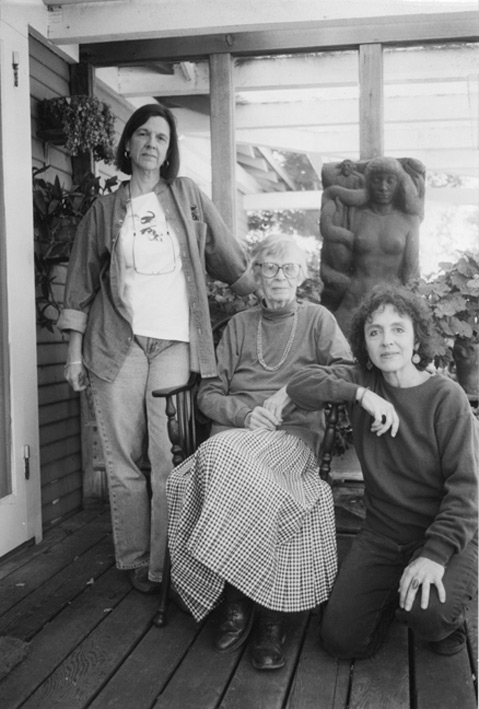
But the change that transformed Buttonwood and dazzled the eye and the senses of the periodic visitor was the introduction of varietal grapes all long the fallow surfaces of the ridge. The vineyard added to its acreage each year, a new section of perfect symmetrical rows following the contours of the hillside. We would drive up from her house and stroll along the access roads or stop for a picnic at the edge of the pond. She was tall and had stayed thin and wore long-sleeved shirts and trousers, and as she walked between rows of meticulously planted and slowly maturing vines at the epicenter of one of the best-regarded wine producing regions of the world, she seemed unfazed that she had realized her dream.
Next to appear was a winery, and inside the vertical racks began to fill up with wooden barrels. Then stacks of white cardboard cases collected against the walls. And one year, impossibly, a new tasting room on the flats below the Buttonwood vineyard was brimming with visitors eager to sample the sauvignon blancs and the syrah roses from one of the celebrated winemakers of the Santa Ynez Valley.
Betty lives in my memory, implacable, curious, firm, mannered, just, Southern, practical, appreciative of gesture; a lover of words, aristocratic, egalitarian, private. Though I had just seen her and knew she was failing, I was grief-stricken by the news of her death, and by the end of such a long and cherished friendship. She occupied an important place in my life for so many years, always connected in my mind with that drive up from L.A., the pass at the top of the ridge overlooking that breathtaking valley — otherworldly for an easterner — the goings on alongside Alamo Pintado, those vine-covered hillsides, and the anticipation of an encounter with the sinewy, nimble, tough-hearted woman at the end of the long journey. I will miss her always.
— Hamilton Fish, publisher of The Washington Spectator



